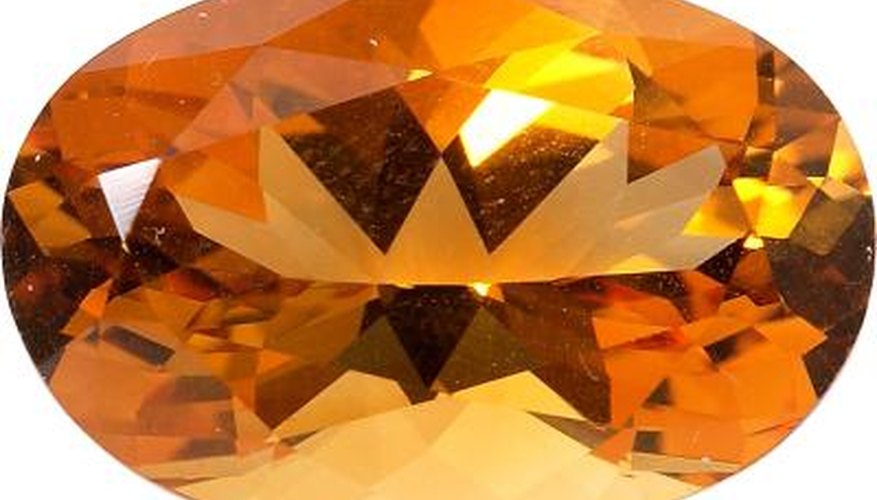Commercial faceting machines cost thousands of dollars, but you can cut costs by building one yourself. From simple jamb-peg machines to more sophisticated models, machines can be built from scratch or assembled from kits.
Simple Jamb-Peg Machines
The jamb consists of a wooden block with concave sides, with holes drilled into the sides at regular intervals. The peg, a long piece of wood or metal, is pushed into these holes. The gemstone is stuck to the end of the peg with a wax or shellac adhesive. The gem rests against an abrasive disc which does the actual cutting. The angle at which the facet is cut is determined by the position of the peg. A jamb-peg machine is simple to build but gives indifferent results; it's acceptable for cutting cheaper stones but not high-quality gems.
- The jamb consists of a wooden block with concave sides, with holes drilled into the sides at regular intervals.
- The peg, a long piece of wood or metal, is pushed into these holes.
Calibrated Machines
Calibrated machines require more work and expense than a wooden jamb-peg. The peg is held in a metal head which can be angled very precisely. Unless assembled from a kit, they require custom-made metal parts, as well as generic but expensive elements. They do, however, produce superior results.
- Calibrated machines require more work and expense than a wooden jamb-peg.
Considerations
A homemade machine can offer a workable entry into gem faceting for those on a budget. Even with a home-built machine, however, gem cutting remains costly: rough gems and other consumables are expensive.
